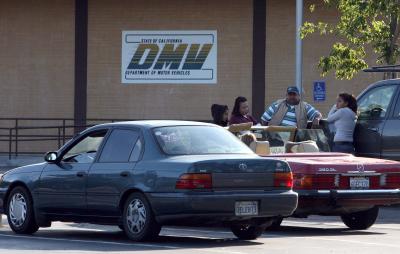
A transfer and release of liability is a notice you must deliver to your state Department of Motor Vehicles (DMV) when you sell or transfer a car to another person. The notice tells the DMV that any tickets or civil fines attached to your vehicle should no longer come to you, as you have transferred the car and are releasing all liability for legal violations. How soon you must file the notice after you transfer the car depends on the state, but you usually have between 5 and 30 days to submit the form.
Obtain a transfer and release from liability form from your state DMV. Not all states supply a form, and instead have different procedures to follow (such as mailing a letter or surrendering license plates). Consult your state DMV for specific instructions if a form does not exist.
Supply the name and address of both the buyer and seller of the vehicle. The form requires your (the seller's) signature, but does not require the buyer's signature.
On the form, you will be required to list the odometer reading on the vehicle at the time of the sale, the selling price, the date of sale and the vehicle license number, make, model, year and vehicle identification number (VIN).
Make a copy of the form or letter, and retain the copy for your records. You will need this copy to prove that you submitted the form in the event you continue to receive tickets or civil fines for your vehicle.
Mail the transfer and release from liability form to your state DMV, or provide the form to a representative at a DMV office. There is no additional fee for filing this notice, but you may have other costs associated with selling your vehicle depending on your state.